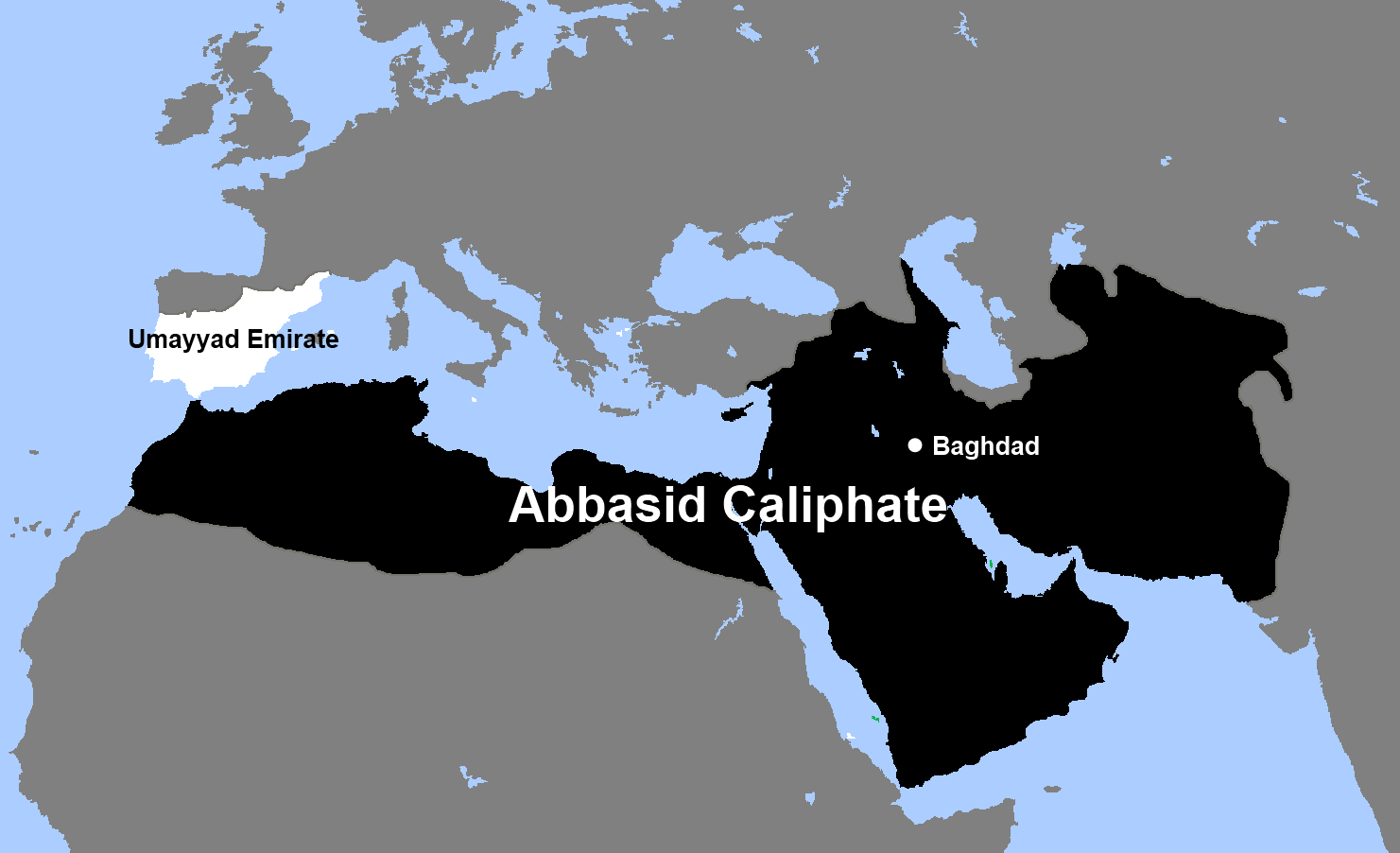

The Abbasid Caliphate, which ruled the Islamic world, oversaw the golden age of Islamic culture. The dynasty ruled the Islamic Caliphate from 750 to 1258 AD, making it one of the longest and most influential Islamic dynasties. For most of its early history, it was the largest empire in the world, and this meant that it had contact with distant neighbors such as the Chinese and Indians in the East, and the Byzantines in the West, allowing it to adopt and synthesize ideas from these cultures.
The Abbasid Revolution The Abbasid Dynasty overthrew the preceding Umayyad Dynasty, which was based in Damascus, Syria. The Umayyads had become increasingly unpopular, especially in the eastern territories of the caliphate. The Umayyads favored Syrian Arabs over other Muslims and treated mawali, newly converted Muslims, as second- class citizens. The most numerous group of mawali were the Persians, who lived side- by-side with Arabs in the east who were angry at the favor shown to Syrian Arabs. Together, they were ripe for rebellion. Other Muslims were angry with the Umayyads for turning the caliphate into a hereditary dynasty. Some believed that a single family should not hold power, while Shiites believed that true authority belonged to the family of the Prophet Muhammad through his son-in-law Ali, and the Umayyads were not part of Muhammad’s family. All these various groups who were angry with the Umayyads united under the Abbasids, who began a rebellion against the Umayyads in Persia. The Abbasids built a coalition of Persian mawali, Eastern Arabs, and Shiites. The Abbasids were able to gain Shiite support because they claimed descent from Muhammad through Muhammad’s uncle Abbas. Their descent from Muhammad was not through Ali, as Shiites would have preferred, but Shiites still considered the Abbasids better than the Umayyads. A Persian general, Abu Muslim, who supported Abbasid claims to power, led the Abbasid armies. His victories allowed the Abbasid leader Abul `Abbas al-Saffah to enter the Shiite-dominated city of Kufa in 748 and declare himself caliph. In 750, the army of Abu Muslim and al-Saffah faced the Umayyad Caliph Marwan II at the Battle of the Zab near the Tigris River. Marwan II was defeated, fled, and was killed. As-Saffah captured Damascus and slaughtered the remaining members of the Umayyad family (except for one, Abd al-Rahman, who escaped to Spain and continued the Umayyad Dynasty there). The Abbasids were the new rulers of the caliphate. The Early Abbasids The Abbasids had led a revolution against the unpopular policies of the Umayyads, but those who expected major change were disappointed. Under the second Abbasid Caliph, al-Mansur (r. 754–775), it became clear that much of the Umayyad past would be continued. The Abbasids maintained the hereditary control of the caliphate, forming a new dynasty. The alliance with the Shiites was short lived
No comments:
Post a Comment